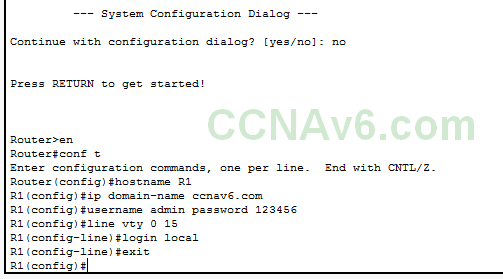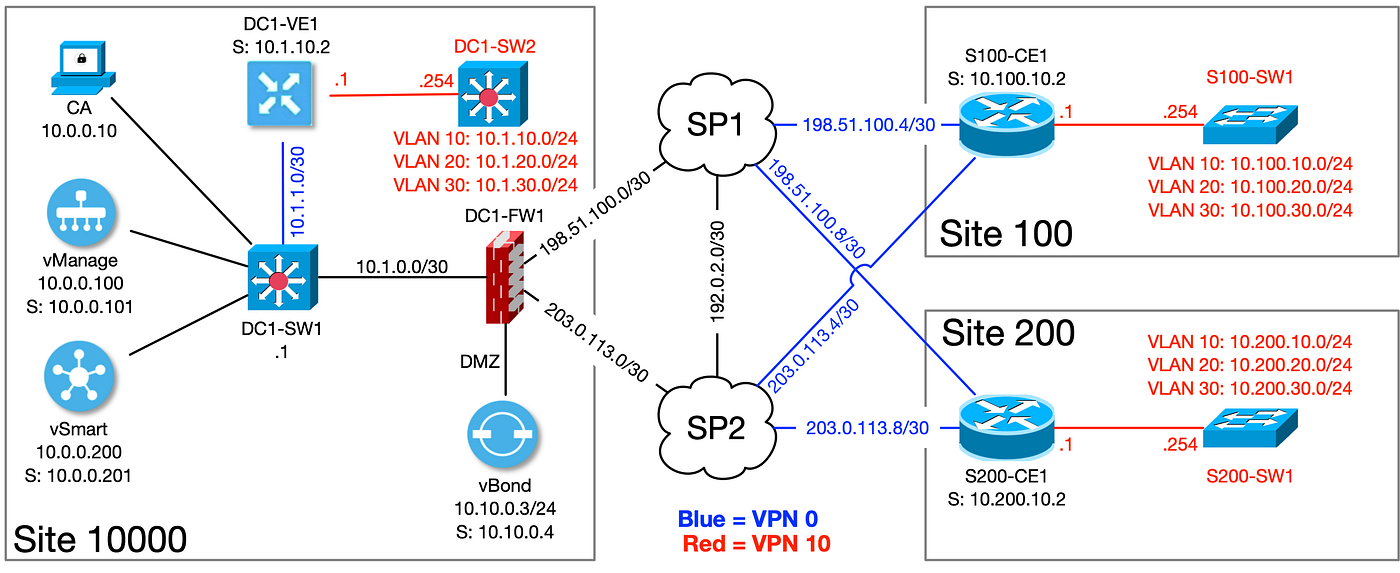
- #Cisco ios xe ssh two factor how to
- #Cisco ios xe ssh two factor update
- #Cisco ios xe ssh two factor license
- #Cisco ios xe ssh two factor mac
In that case, guest shell can access the other network but not vice versa (expect the established connections). However, if we do not need to access the guest shell subnet NAT (PAT) from other networks, we can hide the subnet 10.0.0/24 behind the interface Gi2. Note: In order to build connectivity between guest shell subnet 10.0.0.0/24 and other network devices, we must configure route to 10.0.0/24 on these devices. We will assign CPU quota 1500 and the RAM size 1024 MB.ĬSR1(config)# app-hosting appid guestshellĬSR1(config-app-hosting)# vnic gateway1 virtualportgroup 0 guest-interface 0 guest-ipaddress 10.0.0.1 netmask 255.255.255.0 gateway 10.0.0.254 name-server 8.8.8.8 defaultĬSR1(config-app-hosting)# resource profile custom cpu 1500 memory 1024 vcpu 1Īs the last step, we will enable guest shell from privileged exec mode. Now, configure the guest shell IP address 10.0.0.1/24 and the default gateway, as well. Therefore, the IP address 10.0.0.254/24 configured for Vi0 represents a default gateway address for the guest shell container.ĬSR1(config)# interface virtualportGroup 0ĬSR1(config-if)# ip address 10.0.0.254 255.255.255.0 The interface virtualportGroup 0 is a routed 元 interfaces which connects the container to IOS-XE. Note: VMware Workstation 15.1.0 hypervisor is used to run CSR 1000v VM.įrom within Guest Shell applications have access to the networks of the host platform, bootflash, and IOS CLI.įirstly, enable iox service, as it is disabled by default.Ĭonfigure the VirtualPort group to provide IP connectivity to guest shell container.
#Cisco ios xe ssh two factor license
The entire process of licensing CSR1000v for ax license is explained in the article CSR1000v Installation on QEMU VM.

The AX feature set is enabled and the maximum throughput is 2500 Mbps. The license expires 60 days from the time it is activated. The router that we are going to use is CSR 1000v (OS XE Software, Version 16.07.01) with permanent (evaluation) license. It includes a guest shell IP address, default gateway and resources (CPU, RAM).
#Cisco ios xe ssh two factor how to
The next part explains how to enable guest shell on Cisco CSR 1000v router and configure diverse guest shell parameters. The guest shell is bundled with the system image.
#Cisco ios xe ssh two factor update
It is designed to install, update and operate custom Linux applications.

The Guest Shell is a built-in Linux container (LXC) with a CentOS 7 running on Cisco IOS-XE platforms managed by IOx. IOx enables hosting of applications and services developed by Cisco and third-party developers in network edge devices across diverse hardware platforms. (ETA: What if you can't get to the Console port? How do you get the IP address of the switch in order to SSH or (if you must) Telnet in?)Ĭouldn't you just use CDP? #show cdp nei detail will show you the ip of the connected devices.IOx (IOs + linuX) is Cisco's Application Hosting Infrastructure for Cisco IOS XE devices (e.g.

The amazing thing to me is, this far into the 21st Century, this is still the only way I could find to get this information - i.e.
#Cisco ios xe ssh two factor mac
Also, 'sh ip arp | i 0/24' will show just the MAC address(es) on that port.) If you're all Cisco, 'show cdp neighbor' (or 'sh cdp nei') will get you to the next switch. (Small tip: When you see a large number of MAC addresses showing up on a single port, there's a switch on that port into which those MAC addresses are connected. It helps to Ping the subnet's broadcast address (e.g. :^D After beating Google to death over it, hoping for some useful tool, I ended up using exactly the same process (plus the online MAC address lookup to ID the device manufacturer), so I can affirm this works perfectly, if you work it.Īs you can see, the 'sh arp' or 'sh ip arp' commands also give you the MAC addresses, so essentially the 'sh mac add' is only to get the port in which the device is connected. Thanks for posting this *after* I finished a "What's Connected Where" jihad on our network.


 0 kommentar(er)
0 kommentar(er)
